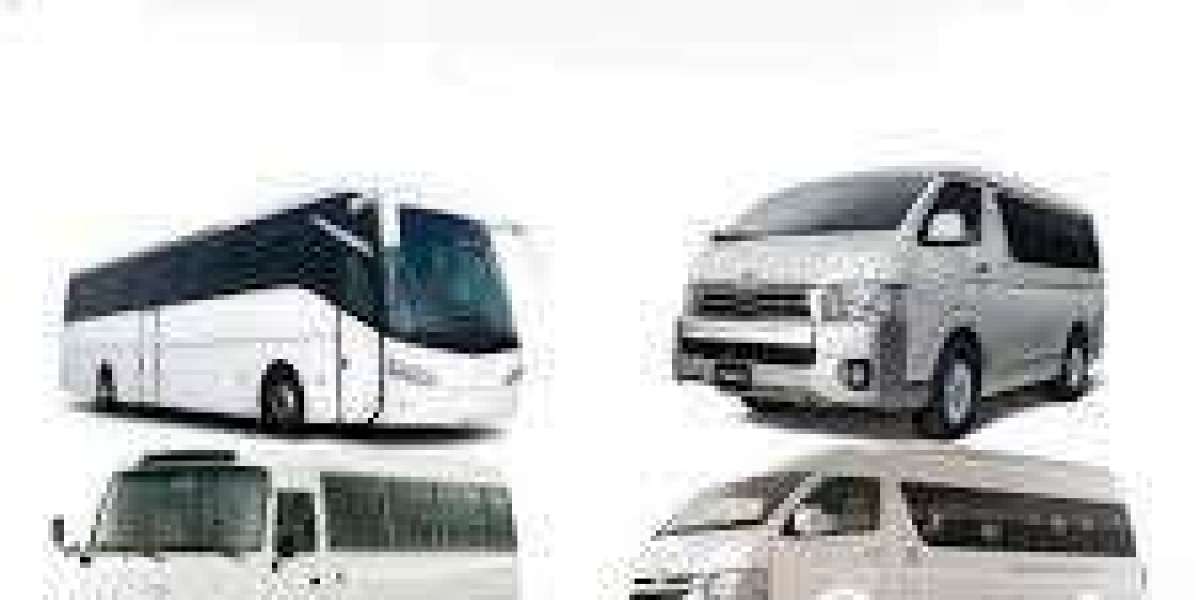The world of transportation is on the brink of a revolutionary transformation, driven by advancements in technology, sustainability concerns, and changing consumer preferences. From electric vehicles to autonomous transportation systems, the future of transport services promises to reshape the way we move people and goods. In this article, we will explore the key trends and innovations that are shaping the future of transportation.
- Electric Vehicles (EVs):
One of the most significant trends in transportation is the rapid adoption of electric vehicles (EVs). With concerns about climate change and a push towards reducing carbon emissions, governments and industries around the globe are investing heavily in the development and promotion of electric mobility. Major automotive manufacturers are now competing to produce high-performance electric cars, and advancements in battery technology continue to extend the range of EVs, making them a viable option for everyday consumers.
The shift towards electric vehicles not only addresses environmental concerns but also reduces dependence on fossil fuels, contributing to a more sustainable and cleaner future for transportation.
- Autonomous Vehicles:
The rise of autonomous vehicles is another transformative aspect of the future of transport services. Self-driving cars, trucks, and even drones are being developed and tested to navigate roads and skies without human intervention. Companies like Tesla, Waymo, and Uber are at the forefront of this technology, investing in research and development to bring autonomous vehicles to the mass market.
The potential benefits of autonomous vehicles are vast, including increased safety, improved traffic flow, and enhanced accessibility for people with mobility challenges. However, regulatory challenges, ethical considerations, and public acceptance remain significant hurdles that need to be addressed before autonomous vehicles become a ubiquitous part of our transportation landscape.
- Mobility as a Service (MaaS):
Mobility as a Service (MaaS) is a concept that envisions a seamless and integrated transportation system where users can access various modes of transport through a single digital platform. This might include combining traditional public transit, ride-sharing services, bike-sharing programs, and even autonomous vehicles into a unified and interconnected network.
MaaS has the potential to simplify travel for users, providing a more convenient and efficient way to plan and pay for their journeys. By leveraging data and connectivity, MaaS aims to optimize transportation resources and reduce congestion in urban areas.
- Hyperloop and High-Speed Rail:
In the quest for faster and more efficient long-distance travel, high-speed rail and the Hyperloop represent groundbreaking innovations. High-speed rail systems are already in operation in various parts of the world, offering a faster and greener alternative to traditional train travel. On the other hand, the Hyperloop, a concept championed by companies like Virgin Hyperloop and Elon Musk's SpaceX, proposes vacuum-sealed tubes where pods can travel at incredibly high speeds, potentially revolutionizing intercity transportation.
While these technologies are still in the experimental stages, they hold the promise of reducing travel times significantly, making it possible to traverse large distances in a matter of minutes or hours.
- Sustainable Urban Mobility:
As urbanization continues to increase, the need for sustainable urban mobility solutions becomes more critical. Cities are grappling with issues such as traffic congestion, air pollution, and limited space for transportation infrastructure. In response, innovative solutions like electric scooters, bike-sharing programs, and pedestrian-friendly urban planning are gaining traction.
Sustainable urban mobility not only addresses environmental concerns but also enhances the quality of life for city dwellers by providing cleaner air, reducing noise pollution, and promoting healthier lifestyles.
Conclusion:
The future of Al Fateh Transport services is characterized by a dynamic blend of technological innovation, sustainability, and evolving consumer demands. From electric vehicles and autonomoustransportation to integrated mobility platforms and high-speed travel, the transportation landscape is undergoing a profound transformation. While challenges such as regulatory hurdles and public acceptance remain, the potential benefits including reduced environmental impact, increased safety, and enhanced convenience make the journey towards the future of transportation an exciting and promising one. As we navigate this transformative era, collaboration between governments, industries, and communities will be crucial in shaping a transportation system that is efficient, sustainable, and accessible for all.



